-
 bitcoin
bitcoin $109667.069529 USD
-3.03% -
 ethereum
ethereum $3936.685804 USD
-4.07% -
 tether
tether $1.000493 USD
0.01% -
 xrp
xrp $2.771823 USD
-4.74% -
 bnb
bnb $957.805027 USD
-5.34% -
 solana
solana $196.735100 USD
-6.68% -
 usd-coin
usd-coin $0.999727 USD
-0.01% -
 dogecoin
dogecoin $0.227355 USD
-5.12% -
 tron
tron $0.335205 USD
-0.81% -
 cardano
cardano $0.779256 USD
-3.59% -
 ethena-usde
ethena-usde $0.999900 USD
-0.06% -
 hyperliquid
hyperliquid $42.492095 USD
-6.61% -
 chainlink
chainlink $20.501853 USD
-4.34% -
 avalanche
avalanche $28.952606 USD
-11.21% -
 stellar
stellar $0.356038 USD
-3.93%
What are the techniques for using Fibonacci retracements to identify support and resistance?
Fibonacci retracement levels like 61.8% and 50% help crypto traders identify potential reversal zones, especially when confirmed by candlestick patterns and volume.
Sep 16, 2025 at 01:54 pm
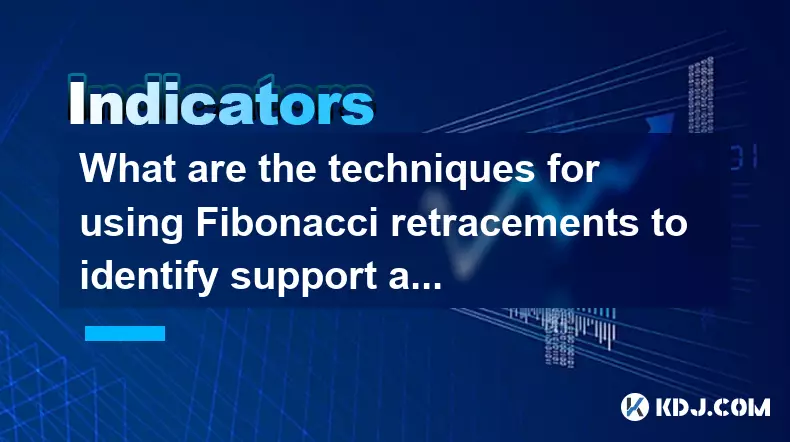
Fibonacci Retracement Basics in Crypto Trading
1. Fibonacci retracement levels are derived from the Fibonacci sequence, a mathematical pattern found throughout nature and financial markets. Traders apply these ratios—23.6%, 38.2%, 50%, 61.8%, and 78.6%—to price charts to identify potential reversal zones. In the volatile cryptocurrency market, these levels often act as psychological and technical reference points.
2. To use Fibonacci retracements, traders first identify a significant price swing, typically from a major low to a major high in an uptrend, or from a high to a low in a downtrend. The tool is then drawn between these two extremes. The resulting horizontal lines indicate where price could find support or resistance during a pullback.
3. The 61.8% level, known as the “golden ratio,” is considered especially significant. Many traders watch this level closely, as reversals often occur near it. When price approaches this zone and shows signs of consolidation or rejection, it may signal a continuation of the prior trend.
4. The 50% level, though not a Fibonacci ratio, is widely adopted by traders and often included in the retracement tool. It represents a halfway correction and frequently acts as a pivotal decision point. A bounce from this level in a strong trend can indicate healthy market sentiment.
5. In fast-moving crypto markets, price may briefly pierce a Fibonacci level before reversing. This behavior, known as a 'fakeout,' requires confirmation through candlestick patterns or volume analysis. Relying solely on the levels without additional context increases the risk of false signals.
Combining Fibonacci with Candlestick Patterns
1. When price reaches a Fibonacci level, traders look for specific candlestick formations to confirm potential reversals. Patterns such as bullish engulfing, hammer, or morning star near a key retracement level can strengthen the case for a bounce.
2. In a downtrend, a bearish engulfing pattern appearing at the 38.2% retracement level may indicate that the correction is ending and the downtrend is resuming. These signals gain more credibility when they occur on higher timeframes like the 4-hour or daily chart.
3. Wick rejections are particularly telling. If a candle forms a long wick at the 61.8% level and closes back within the retracement zone, it suggests strong rejection and potential reversal. This is common in Bitcoin and Ethereum price action during volatile periods.
4. Multiple confluences increase reliability. A Fibonacci level aligning with a prior swing point, trendline, or moving average enhances the probability of a reaction. For example, if the 50% retracement coincides with a previous resistance turned support, the zone becomes stronger.
5. Traders should wait for candlestick closure beyond the signal candle before entering a trade. Premature entries based on incomplete patterns often lead to losses, especially in low-liquidity altcoin markets.
Using Fibonacci in Different Market Structures
1. In a strong bullish trend, pullbacks to the 38.2% or 50% levels are often shallow and short-lived. These zones can act as dynamic support, offering low-risk entry points for trend-following strategies. Aggressive traders may enter on a close above the signal candle.
2. During extended corrections, price may reach the 61.8% or even 78.6% level. If the trend remains intact, a reversal from these deeper levels can signal a powerful continuation move. This is frequently observed after major news events or macroeconomic shocks in the crypto space.
3. In ranging markets, Fibonacci levels lose effectiveness unless combined with horizontal support and resistance. Traders should avoid using retracements in sideways conditions unless a clear breakout setup is forming.
4. Extended moves beyond 100% are analyzed using Fibonacci extensions (138.2%, 161.8%). These levels help project profit targets after a pullback completes. For instance, after a bounce from 61.8%, the 161.8% extension of the prior swing may serve as a take-profit zone.
5. In highly speculative altcoin rallies, price often ignores intermediate levels and reacts only at 61.8% or 78.6%. This behavior reflects the emotional nature of retail-driven markets, where fear and greed dominate technical logic.
Fibonacci and Volume Analysis Synergy
1. Volume confirmation at Fibonacci levels adds credibility to potential reversals. A spike in buying volume as price touches the 50% retracement suggests accumulation and possible upward momentum.
2. Declining volume during a retracement indicates weak selling pressure, increasing the likelihood of a bounce. This is especially useful in spotting capitulation before a reversal in Bitcoin’s weekly cycles.
3. Divergence between price and volume at a key level can signal exhaustion. For example, if price reaches the 61.8% level on low volume, it may fail to reverse, leading to a breakdown below the swing low.
4. On exchanges like Binance or Bybit, order book depth near Fibonacci levels can reveal hidden support or resistance. Large buy walls appearing at the 38.2% retracement often prevent further downside, acting as magnets for price.
5. Smart money often places limit orders near Fibonacci zones, anticipating retail reactions. Understanding this behavior allows professional traders to position ahead of the crowd and capture early moves.
Common Questions About Fibonacci Retracements in Crypto
How do I choose the correct swing points for Fibonacci retracement?Select the most recent significant high and low that define a clear trend. Avoid minor wicks; use candle closes. On the daily chart, these points should represent strong momentum shifts, not noise.
Can Fibonacci levels be used on all cryptocurrencies?Yes, but effectiveness varies. Major assets like Bitcoin and Ethereum respect Fibonacci levels more consistently due to higher liquidity and participation. Low-cap altcoins may ignore them due to manipulation and thin order books.
Why does the 50% level work if it’s not a Fibonacci ratio?The 50% level is a psychological midpoint. Traders globally recognize it as a fair correction, making it a self-fulfilling prophecy. Its inclusion in Fibonacci tools enhances its visibility and impact.
What timeframe is best for applying Fibonacci retracements?Higher timeframes like daily and 4-hour provide more reliable levels. Shorter timeframes are noisy and prone to false breaks. Use weekly charts for macro trends and daily for swing trading setups.
Disclaimer:info@kdj.com
The information provided is not trading advice. kdj.com does not assume any responsibility for any investments made based on the information provided in this article. Cryptocurrencies are highly volatile and it is highly recommended that you invest with caution after thorough research!
If you believe that the content used on this website infringes your copyright, please contact us immediately (info@kdj.com) and we will delete it promptly.
- Big Rocking Horse, Coin, and Ice Cream: An Aussie Icon's Sweet Ride
- 2025-09-26 10:45:16
- Pi Network, Price Forecast, and the Meme Market: A New York Minute
- 2025-09-26 10:25:14
- AIXA Miner: Revolutionizing Bitcoin Mining with Cloud Solutions
- 2025-09-26 10:45:16
- Mid-Cap Altcoins: Crypto Buys with Breakout Potential
- 2025-09-26 10:50:01
- BullZilla Presale: Riding the Crypto Wave in September 2025
- 2025-09-26 10:50:01
- Litecoin ETF Buzz, XRP Breakout Dreams, and BlockDAG's Deployment: Crypto's Wild West in '25
- 2025-09-26 10:50:01
Related knowledge
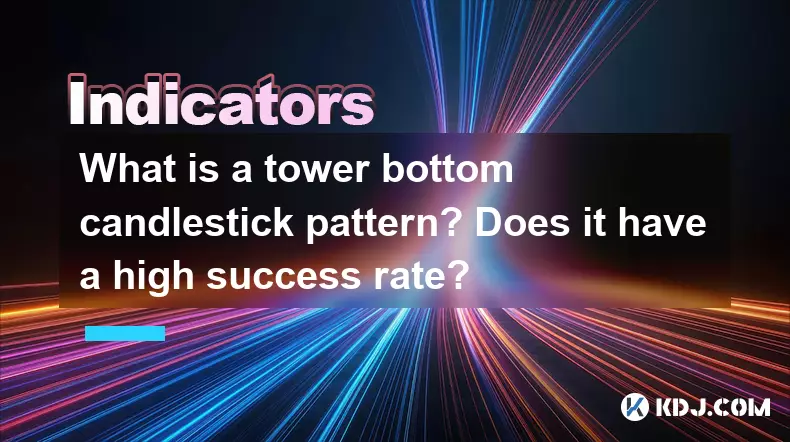
What is a tower bottom candlestick pattern? Does it have a high success rate?
Sep 22,2025 at 07:18am
Tower Bottom Candlestick Pattern Explained1. The tower bottom candlestick pattern is a reversal formation that typically appears at the end of a downt...
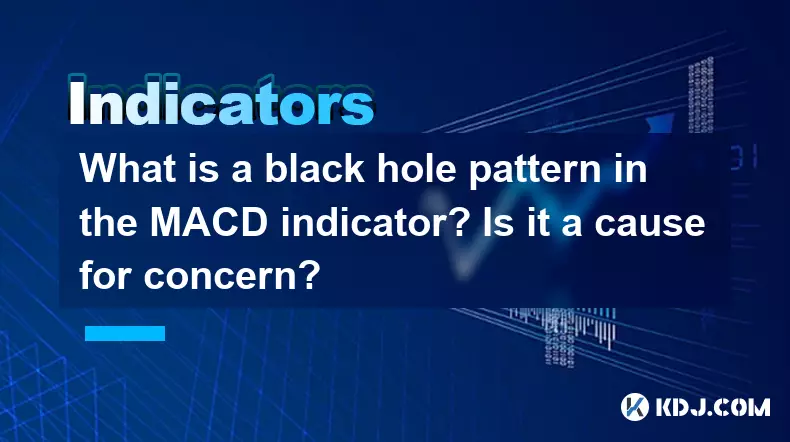
What is a black hole pattern in the MACD indicator? Is it a cause for concern?
Sep 21,2025 at 06:54pm
Bitcoin's Role in Decentralized Finance1. Bitcoin remains the cornerstone of decentralized finance, serving as a benchmark for value and security acro...

How can I use the psychological line (PSY) to determine market sentiment?
Sep 17,2025 at 02:19pm
Understanding the Psychological Line (PSY) in Cryptocurrency TradingThe Psychological Line, commonly referred to as PSY, is a momentum oscillator used...
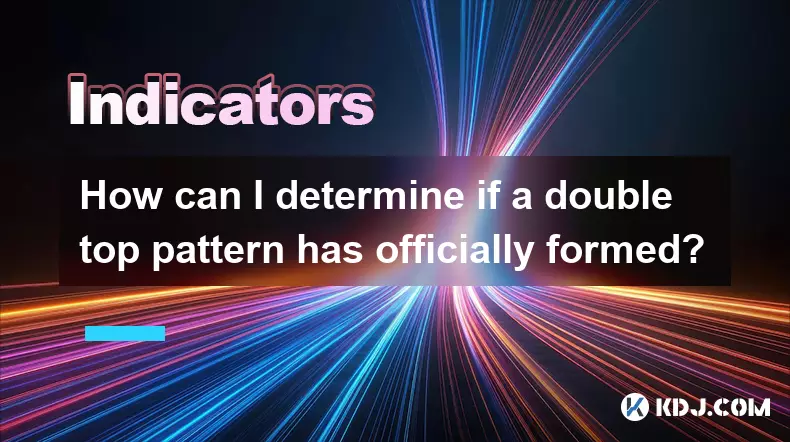
How can I determine if a double top pattern has officially formed?
Sep 21,2025 at 03:18am
Understanding the Structure of a Double Top Pattern1. A double top pattern consists of two distinct peaks that reach approximately the same price leve...
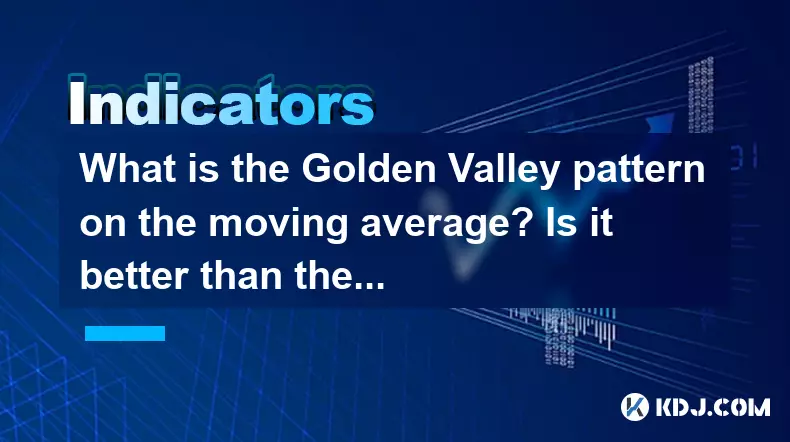
What is the Golden Valley pattern on the moving average? Is it better than the Silver Valley pattern?
Sep 21,2025 at 02:54pm
Understanding the Golden Valley Pattern in Moving Averages1. The Golden Valley pattern is a technical formation observed in cryptocurrency price chart...

What does a death cross of the RSI in the strong zone (above 50) mean?
Sep 17,2025 at 10:54pm
Understanding the Death Cross in RSI Context1. The term 'death cross' is traditionally associated with moving averages, where a short-term average cro...

What is a tower bottom candlestick pattern? Does it have a high success rate?
Sep 22,2025 at 07:18am
Tower Bottom Candlestick Pattern Explained1. The tower bottom candlestick pattern is a reversal formation that typically appears at the end of a downt...

What is a black hole pattern in the MACD indicator? Is it a cause for concern?
Sep 21,2025 at 06:54pm
Bitcoin's Role in Decentralized Finance1. Bitcoin remains the cornerstone of decentralized finance, serving as a benchmark for value and security acro...

How can I use the psychological line (PSY) to determine market sentiment?
Sep 17,2025 at 02:19pm
Understanding the Psychological Line (PSY) in Cryptocurrency TradingThe Psychological Line, commonly referred to as PSY, is a momentum oscillator used...

How can I determine if a double top pattern has officially formed?
Sep 21,2025 at 03:18am
Understanding the Structure of a Double Top Pattern1. A double top pattern consists of two distinct peaks that reach approximately the same price leve...

What is the Golden Valley pattern on the moving average? Is it better than the Silver Valley pattern?
Sep 21,2025 at 02:54pm
Understanding the Golden Valley Pattern in Moving Averages1. The Golden Valley pattern is a technical formation observed in cryptocurrency price chart...

What does a death cross of the RSI in the strong zone (above 50) mean?
Sep 17,2025 at 10:54pm
Understanding the Death Cross in RSI Context1. The term 'death cross' is traditionally associated with moving averages, where a short-term average cro...
See all articles










































































